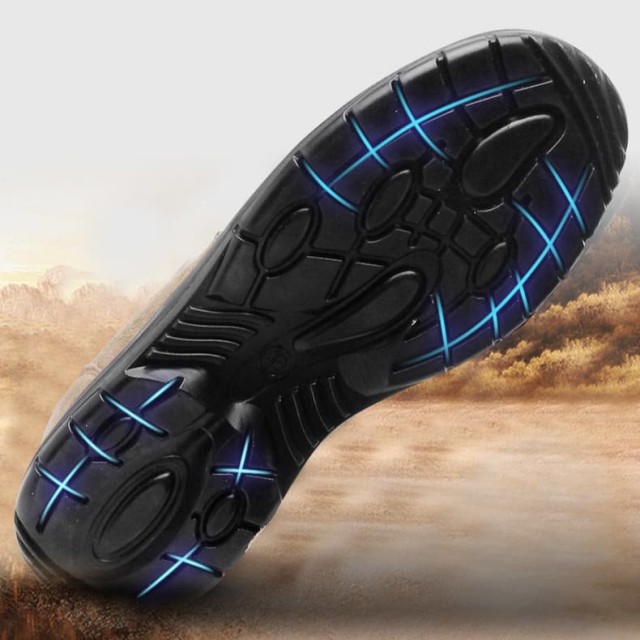For oilfield workers, footwear isn't about comfort—it's about survival. ASTM standards like F2413 and F1671-07 directly combat crushing hazards, electrical shocks, and biohazard exposures prevalent in drilling sites. This article decodes how compliant boots mitigate preventable injuries while maximizing operational uptime.
Oilfield Boot Safety Standards: Beyond Compliance
Decoding ASTM F2413: Toe Protection and Electrical Hazards
ASTM F2413-certified boots feature reinforced toe caps tested to withstand impacts exceeding 2,500 lbs—critical when heavy equipment or falling pipes threaten foot injuries. The "EH" (Electrical Hazard) rating adds non-conductive soles that reduce electrocution risks from live wires, a leading cause of fatalities in oilfields.
Key Protections:
- Impact Resistance: Steel/alloy toes prevent fractures from 50+ lb dropped objects
- Static Dissipation: EH-rated soles resist up to 18,000 volts in dry conditions
ASTM F1671-07: Why Blood-Borne Pathogen Resistance Matters
Rough terrains increase puncture risks from nails or scrap metal. F1671-07 tests boot materials against viral penetration, ensuring soles and uppers block contaminants like hepatitis or HIV when stepping on contaminated sharps.
Field Reality:
A 2021 OSHA report linked 12% of oilfield infections to foot injuries involving biohazard exposure—a risk mitigated by ASTM-compliant designs.
The Hidden Role of ASTM 2413-18 EH in High-Voltage Environments
Modern oilfields integrate high-voltage equipment, making dielectric protection non-negotiable. ASTM 2413-18 EH boots isolate workers from ground currents, preventing fatal circuit completions during electrical maintenance.
Selecting Boots for Comprehensive Hazard Coverage
Balancing Standards with Oilfield-Specific Risks
While ASTM sets baselines, optimal boots address:
- Slip Resistance: Oil-slick surfaces demand soles with ≥0.5 coefficient of friction (tested via ASTM F2913)
- Chemical Exposure: Hydrocarbon-resistant outsoles prevent degradation from drilling fluids
Case Study: The Cost of Non-Compliance
A Texas drilling crew ignored ASTM standards for "budget" boots. Result? A worker slipped on oily grating, fracturing his ankle—a $92,000 incident involving medical costs and rig downtime. Compliant slip-resistant boots could have prevented this.
Upgrade Your Safety ROI with 3515's ASTM-Certified Boots
Distributors and bulk buyers trust 3515’s oilfield boots because we engineer protection into every layer—from puncture-proof midsoles to hazard-resistant outsoles. Let's collaborate to equip your workforce with footwear that meets and exceeds ASTM benchmarks. [Contact 3515 today] for volume pricing on boots that turn OSHA mandates into injury shields.
Related Products
- Durable Mid-Cut Tactical Boots for Wholesale & Private Label
- Wholesale Durable Mid-Cut Tactical Boots for Custom & Private Label Brands
- Wholesale High-Traction Camo Boots - Custom Manufacturer for Brands
- Wholesale Classic Leather Lace-Up Ankle Boots for Brand Manufacturing
- Durable Leather Work Boots for Wholesale & Custom OEM Manufacturing
Related Articles
- How Tactical Boots Solve Everyday Challenges: From City Streets to Job Sites
- How Tactical Boots Evolved: Engineering Breakthroughs That Redefined Work Footwear
- How Tactical Boots Solve Real-World Challenges: From Work Sites to Wilderness
- How Tactical Boots Achieve All-Day Comfort: Science-Backed Design Secrets
- How to Choose Tactical Boots That Match Your Law Enforcement Needs




















